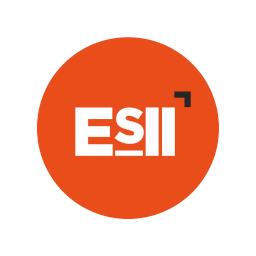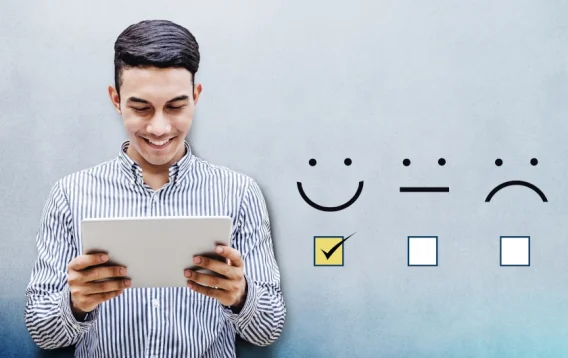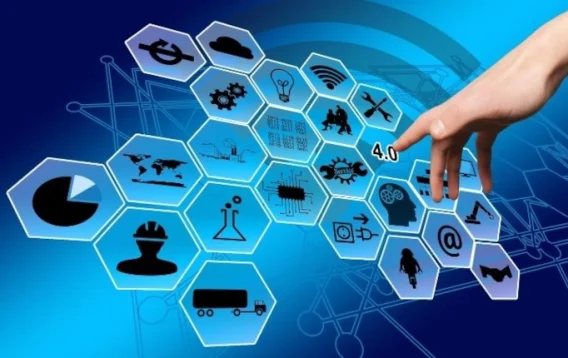Optimizing the user reception and modernizing the services are among the challenges faced by public sector. Around the world, governments direct their administration to an « e-government » where digital plays a central role in the relationship with users. What are the drivers set up by the government to simplify the lives of citizens and reduce the operating costs?
Internet: towards a generalization of online procedures
According to an article from Le Figaro, one third of French taxpayers use the Internet to file and pay their taxes. Users are more likely to use the web to make their first contacts with the government agencies: finding an address, opening hours or even making appointments online. The latter solution, easily allows the user to make an appointment (or request an appointment) directly for the service he is interested in at the date and time requested. When the appointment is made, the user receives an email and / or an SMS confirmation and a reminder. On the Administration side, the phone lines are less saturated and agents’ schedules are automatically updated. This solution has been implemented at Neuilly-sur-Seine City Hall.
Modernize the physical reception of users
Anxious to reflect an image of perfect reception quality and respect the different labels related to user relationship (Marianne Standard, for example), governments tend to modernize their buildings and specifically their equipment to accommodate the public. Interactive kiosks with ticket distribution, monitors for call solutions and institutional communication broadcasting are the solutions implemented by the City Hall to facilitate the reception of the user, improve his journey and especially reduce waiting time.
Satisfaction surveys to keep the digital relationship
In a continuous improvement process, the Public Sector can offer satisfaction surveys by e-mail to citizens. The survey is easily customizable and its results can be analyzed and correlated with the reception conditions (Internet reception with e-government but also physical desk). This type of survey can also be offered on site, on touchscreen kiosks.
E-government is intended not only to simplify the relationship with the user but also to reduce the operating costs of public sector through data centralization. By developing the digital relationship and modernizing reception, user satisfaction has improved significantly. Even though Europe seems to be generally behind, France features as a role model and has been designated the fourth country in the world for e-administration by the UN (and the first European country). Besides, it does not appear that the process will stop there with its new France Connect project…
Articles reliés
-

- News
- ESII
The importance of satisfaction survey
-

- News
- ESII
The future is POE
-

- News
- ESII
- Retail
ESII’s solution in transportation





